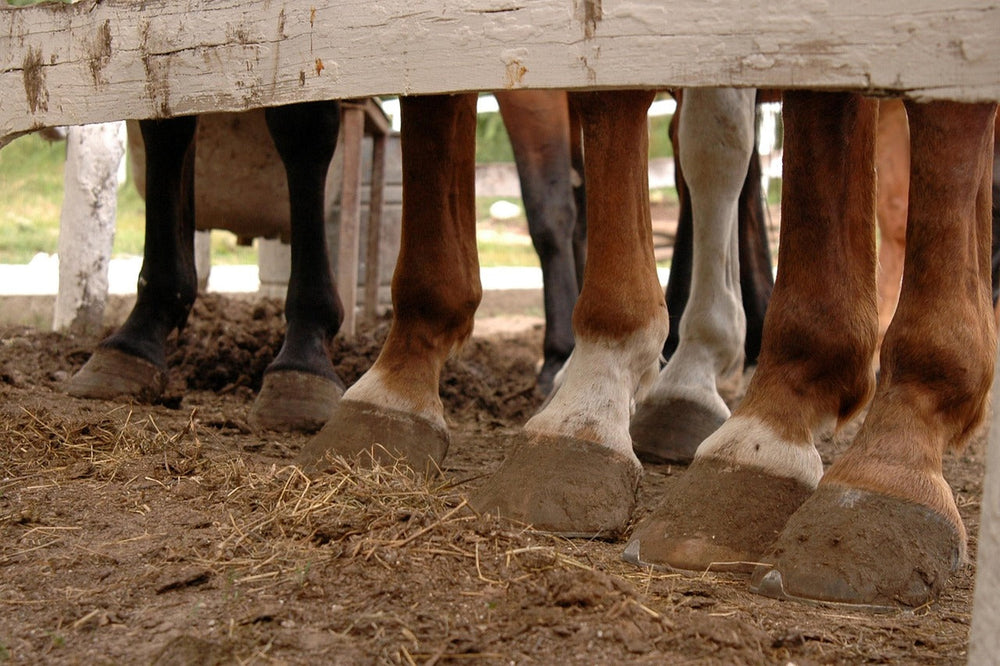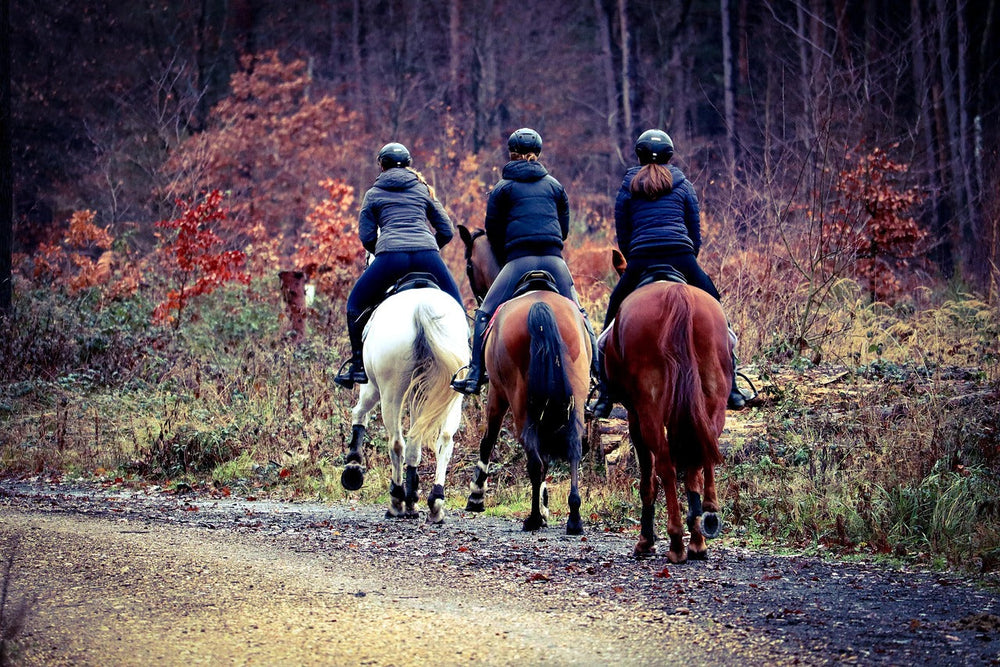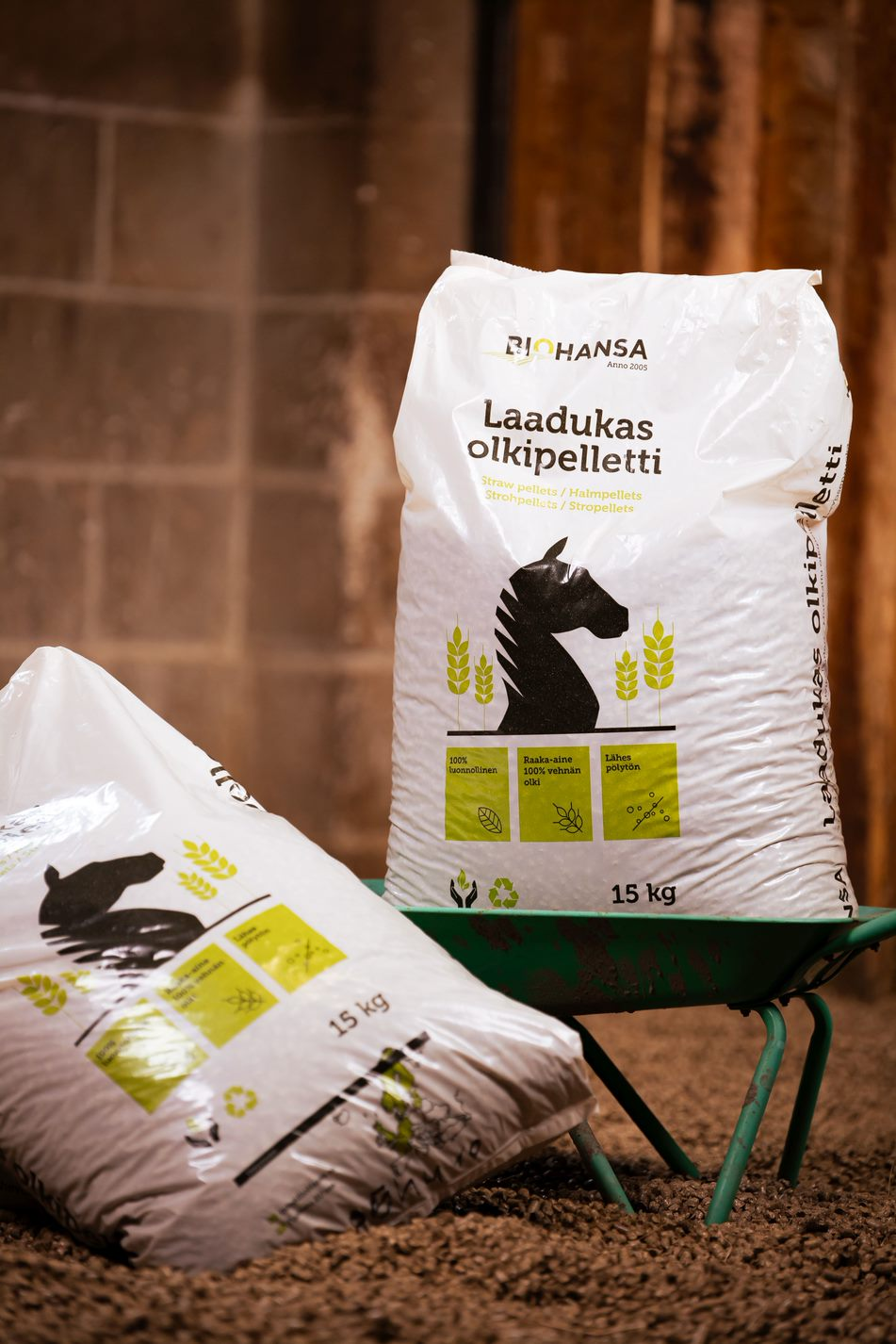 Keeping the air in the stable fresh and suitably warm is a challenge, especially in spring and autumn, when it is humid outside.
Keeping the air in the stable fresh and suitably warm is a challenge, especially in spring and autumn, when it is humid outside.
We listed things that affect the quality of the air in your stable and gave you tips to help you improve the ventilation in your own stable.
After new EU regulations came into force at the beginning of 2014, minimum dimensions were set for horse stalls in terms of height and volume, among other things.
The standards are set with animal welfare in mind, and one component of welfare is the quality of the air you breathe. The minimum height of the stable and the size of the pen ensure that there is enough space and height in the pen for breathing air. However, the minimum requirements do not always guarantee that ventilation is at a sufficient level, as this is also affected by factors such as the number of horses and exhaust vents, and the quality of the bedding and feed used.
 The stable should have enough exhaust vents to allow for sufficient air exchange.
The stable should have enough exhaust vents to allow for sufficient air exchange.
It is often heard that stable owners are concerned about drafts caused by ventilation. Jussi AlaHuikku, a veterinarian interviewed by the Finnish Horse Owners' Association in 2009, has studied the impact of stable air quality on the well-being of horses and has visited several horse stables to see different ventilation solutions. According to AlaHuikku, there is no need to be afraid of drafts. The air vent can only be really large before it creates drafts that are harmful to the animals. Of course, it is worth considering the location of the vents, if possible.
In addition to the change of air outside, it is also worth considering the change of air inside the stable.
It is not a good idea to build completely closed pens. Even when the horse is in the pen, it should be able to breathe more than just the fumes of its own feces. Small, safely placed gaps at the bottom of the walls help to exchange air in the pen. It is a good idea for the horse to be able to stick its head out of the pen, so the top wall should be left partially open. Several manufacturers of ready-made pens already have models that take these things into account.
You can also influence air quality through your dry cleaning choices.
Choose hygienic and fresh bedding that binds moisture well. Use sufficient bedding and clean the stalls often enough, at least once a day. It is a good idea to clean the stalls as soon as the horses have been housed, so that substances containing ammonia, i.e. urine and decomposition products of feces, are removed from the stable as quickly as possible. A well-maintained stable should not have any smell of ammonia. It is also worth paying attention to the quality of the hay. Dusty or damp hay also brings these problems to the stable air. The optimal temperature in the stable is around 5-15 degrees and the optimal humidity is around 50-65%. One horse produces around 500 grams of moisture per hour. Too humid or warm air worsens the stable air, because especially warm air increases the amount of ammonia.
If you are building a new stable, it is worth considering that the stable should be able to be completely washed at least once a year.
Washing is easiest to do with a pressure washer and a mild detergent. Remember to allow enough time for the stable to dry! Washing improves air quality because it also removes stubborn dirt. So build a proper drain in your stable or design it so that the washing water can easily drain out.
It goes without saying that sufficient outdoor exercise improves the well-being of horses, as they can move freely and breathe fresh air.
When horses are outside, it is advisable to ventilate the stable thoroughly, although this is of course not possible in the worst frosts. The Ministry of Agriculture and Forestry has published standards for ventilation in horse stables regarding the amount of air to be exchanged per horse, permissible air speeds, sound levels and air humidity.
Read more:
http://www.hevostietokeskus.fi/index.php?id=797&kieli=3
http://www.shkl.net/wpcontent/uploads/2013/03/4_2009_ilmanvaihto_kuntoon.pdf
http://www.hevoseni.fi/tallirakennus








